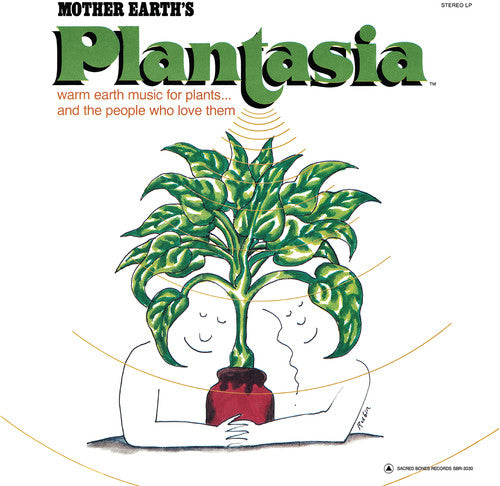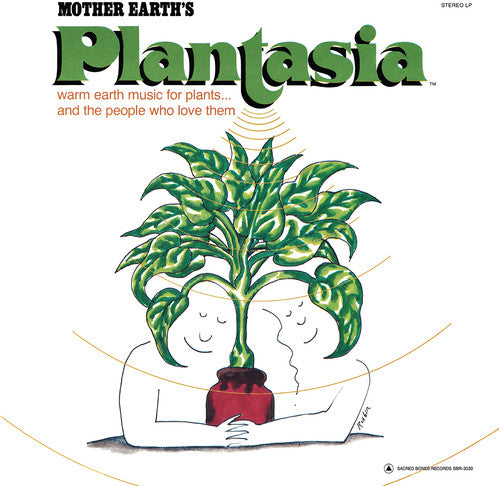Garson, Mort: Mother Earth's Plantasia

Garson, Mort: Mother Earth's Plantasia
Format: CD
On average, orders containing available-to-ship items are processed and dispatched within 1-2 business days, although this is not guaranteed.
Orders containing preorder items will ship as 1 fulfillment once all items in the order are available to ship.
Please note, Tower Records Merchandise and Exclusives are dispatched separately. On average, these items take 3-4 business days to dispatch, although this is not guaranteed.
The estimated shipping times that are displayed at checkout are from the point of dispatch.
See our shipping policy for more information.
We have a 30-day return policy, which means you have 30 days after receiving your item(s) to make a return.
To be eligible for a return of an unwanted item, your item must be in the same condition that you received it and in its original packaging.
In the unfortunate situation that a product is damaged/faulty/incorrect, let us know and we will endeavor to correct any issue as soon as possible.
Please see our refund policy for more information.
Artist: Garson, Mort
Label: Sacred Bones
Product Type: COMPACT DISCS
UPC: 843563116029
Genre: Electronic
If you purchased a snake plant, asparagus fern, peace lily, or what have you from Mother Earth on Melrose Avenue in Los Angeles (or bought a Simmons mattress from Sears) in 1976, you also took home Plantasia, an album recorded especially for plants. Subtitled "warm earth music for plants... and the people that love them," it was full of bucolic, charming, stoner-friendly, decidedly unscientific tunes enacted on the new-fangled device called the Moog. Before Brian Eno did it, Mort Garson was making discreet music. Julliard-educated and active as a session player in the post-war era, Garson wrote lounge hits, scored the 1969 moon-landing and plush arrangements for Doris Day, and garlanded weeping countrypolitan strings around Glen Campbell's "By the Time I Get to Phoenix." But as his daughter Day Darmet recalls: "When my dad found the synthesizer, he realized he didn't want to do pop music anymore." Garson encountered Robert Moog and his new device at the Audio Engineering Society's West Coast convention in 1967 and immediately began tinkering with the device. "My mom had a lot of plants," Darmet says. "She didn't believe in organized religion, she believed the earth was the best thing in the whole world. Whatever created us was incredible." And she also knew when her husband had a good song. Novel as it might seem, Plantasia is simply full of good tunes. This release marks the first official re-issue of the long sought-a er cult classic. Hearing Plantasia in the 21st century, it seems less an ode to our photosynthesizing friends by Garson and more an homage to his wife, the one with the green thumb that made everything flower around him."My dad would be totally pleased to know that people are really interested in this music that had no popularity at the time," Darmet says of Plantasia's new renaissance. "He would be fascinated by the fact that people are finally understanding and appreciating this part of his musical career that he got no admiration for back then." Garson seems to be everywhere again, even if he's not really noticed, just like a houseplant.
Tracks:
1.1 Plantasia
1.2 Symphony for a Spider Plant
1.3 Baby's Tears Blues
1.4 Ode to An African Violet
1.5 Concerto for Philodendron and Pothos
1.6 Rhapsody in Green
1.7 Swingin' Spathiphyllums
1.8 You Don't Have to Walk a Begonia
1.9 A Mellow Mood for Maidenhair
1.10 Music to Soothe the Savage Snake Plant


